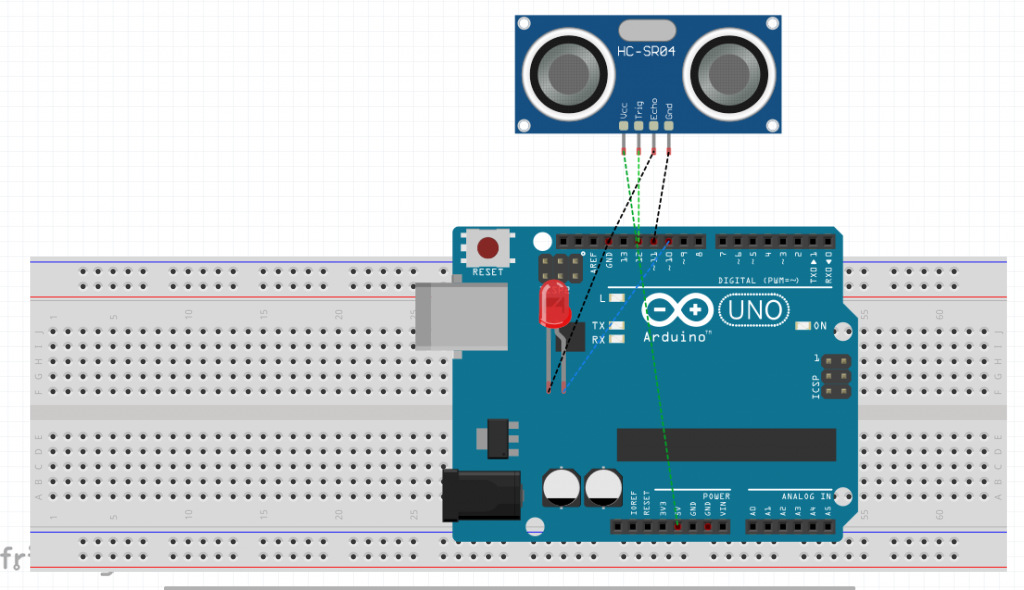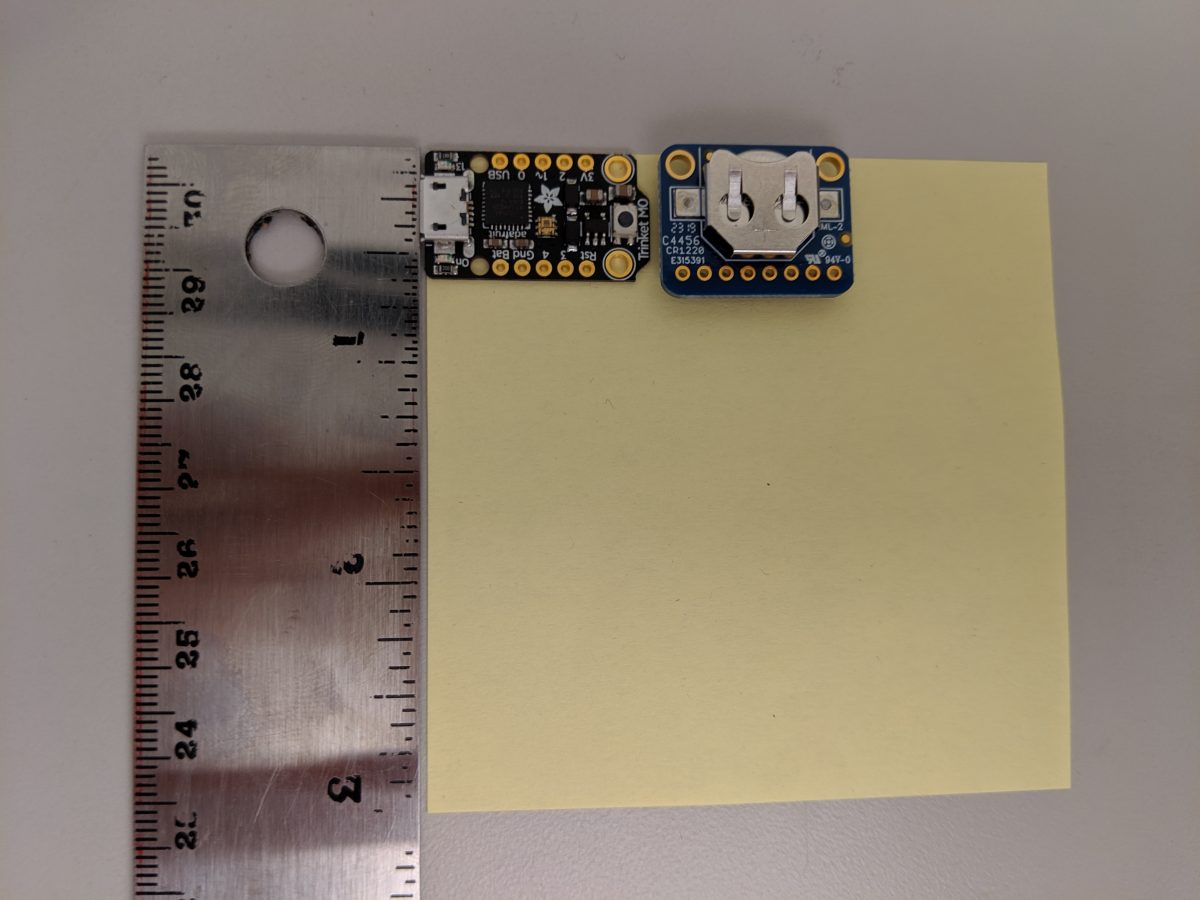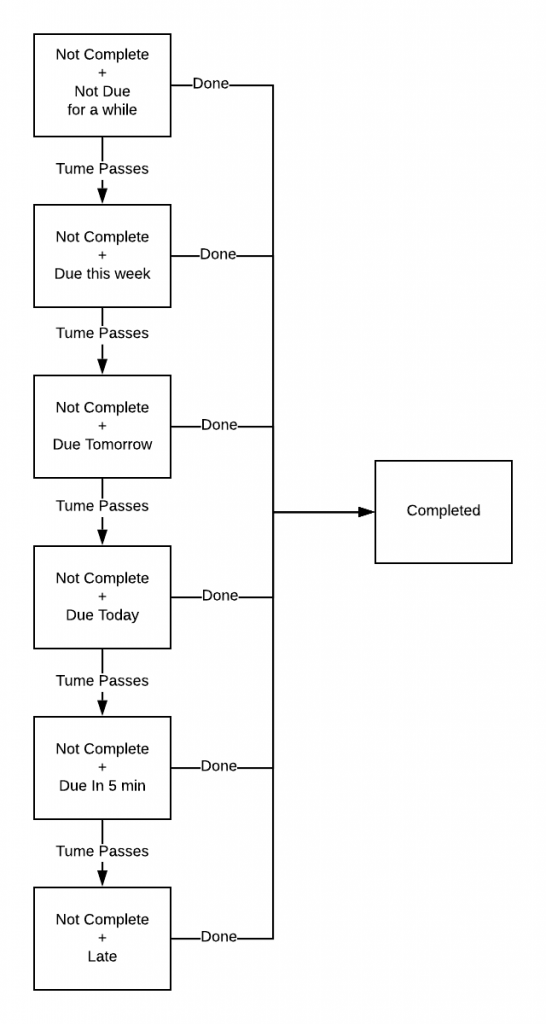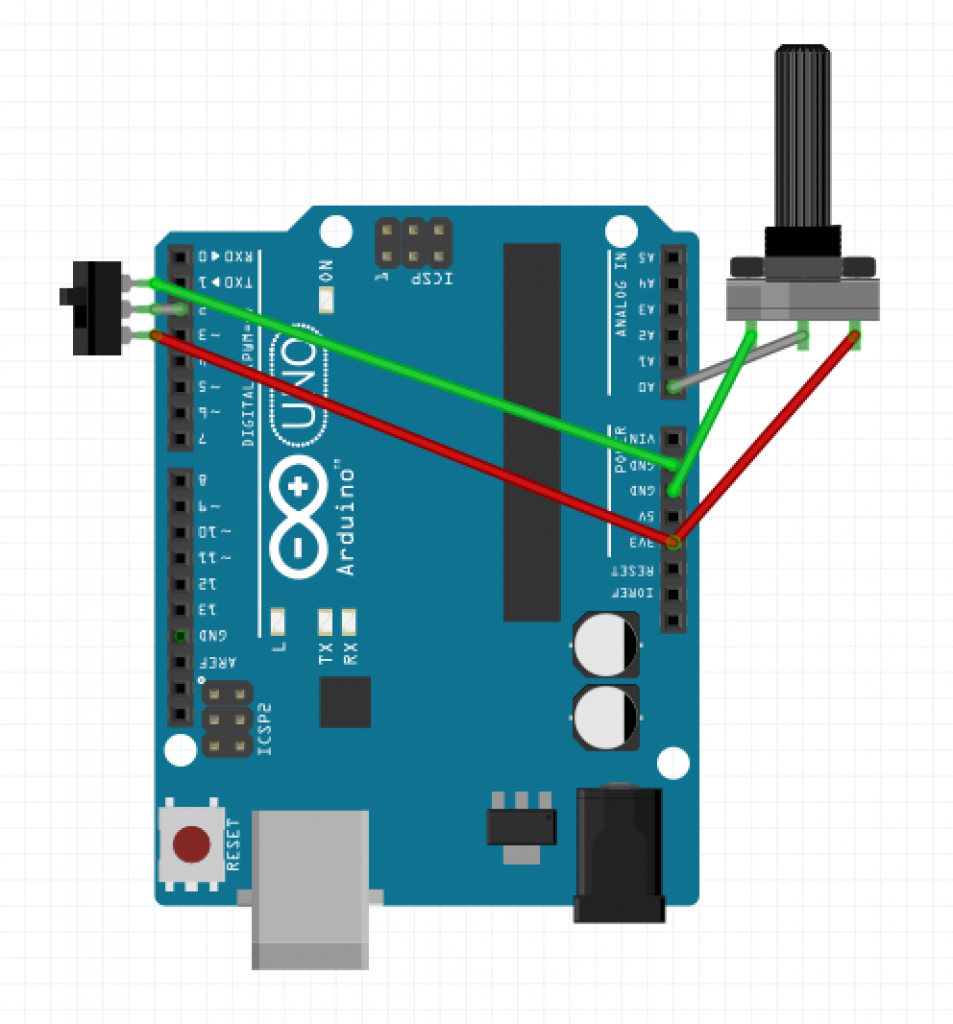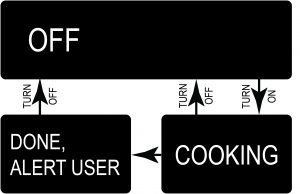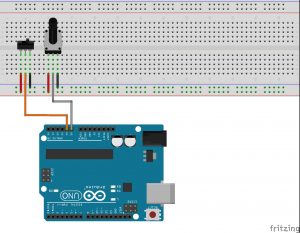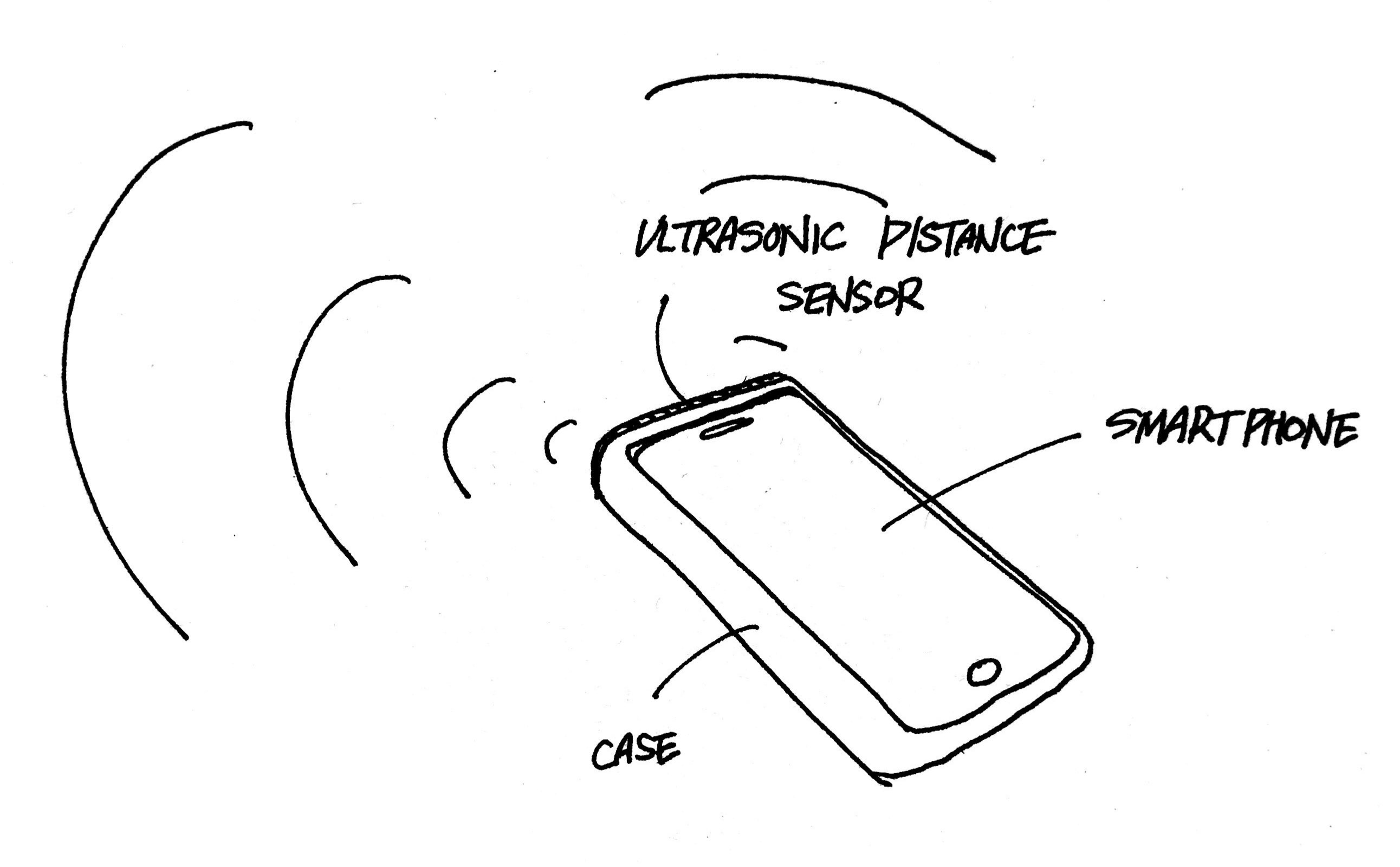MacBook Charger Light

The first state machine I found is Macbook Charger light. It shows the states of the battery – whether it is charging or charged fully – using green and orange(red) colors.
Then, I tried to find non-electric state machines.
Restroom Door Indicator
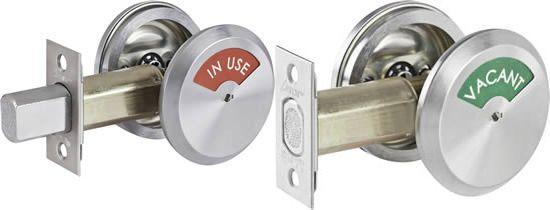
I thought that this state machine is interesting because it does not use any electrical energy, instead, it uses mechanical structure to change the visualizations of the state.
Humidifier Remain Water

In terms of showing states of the machine, I thought that the water in a transparent humidifier could be also a state machine. Water itself shows how much water is left and how long the humidifier could work.
Parking Balloons
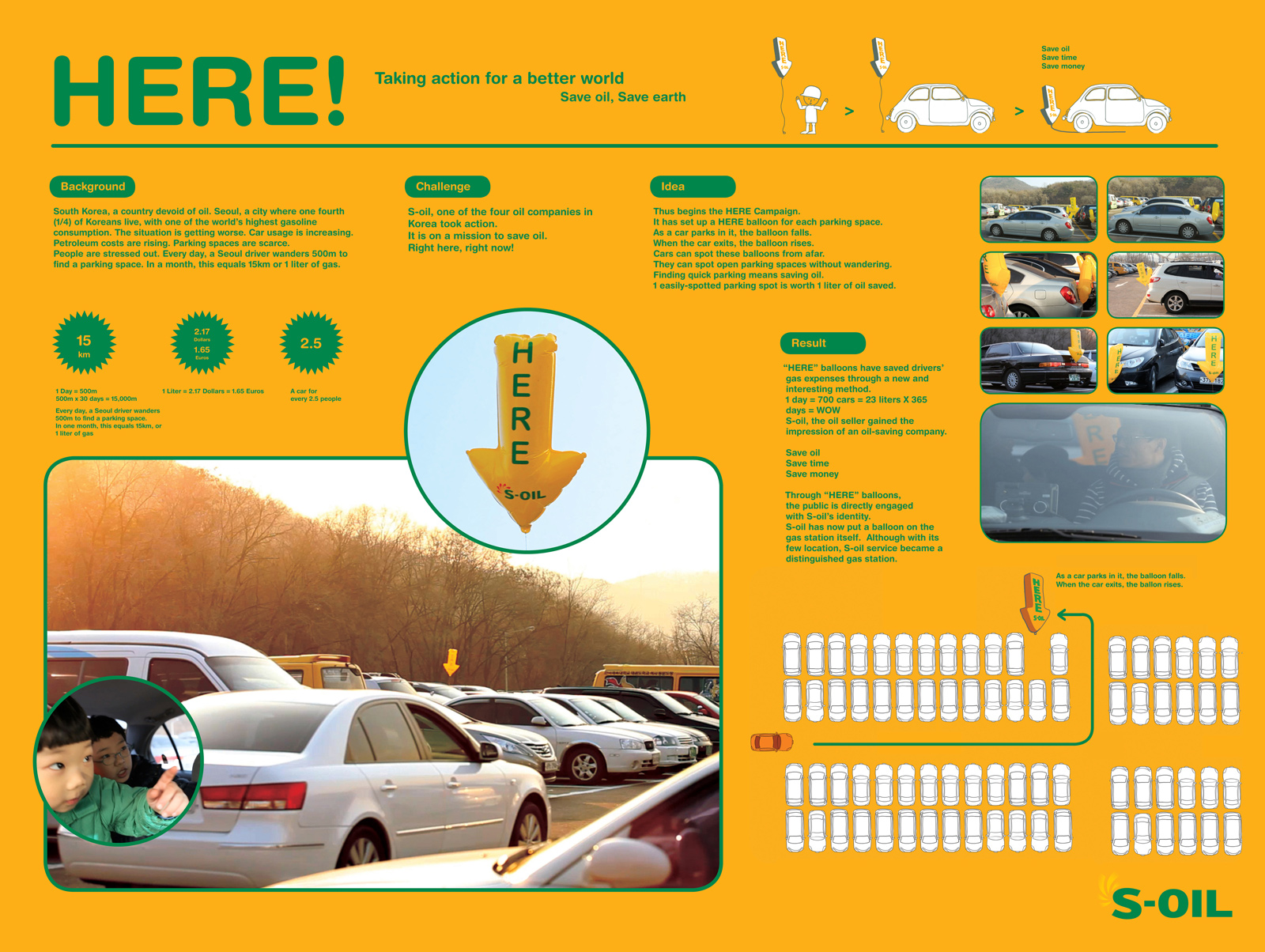
It is a great example of a state machine without any mechanical or electrical engineering. Using a very simple structure – a flying balloon and a string, this system lets drivers know where is an available parking space.
